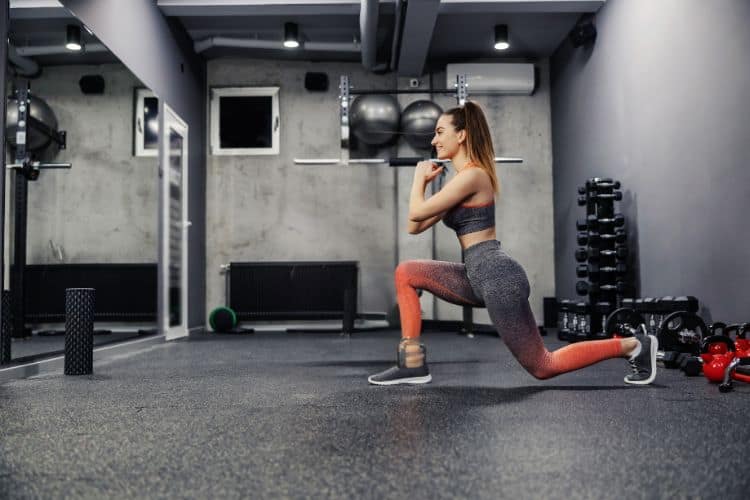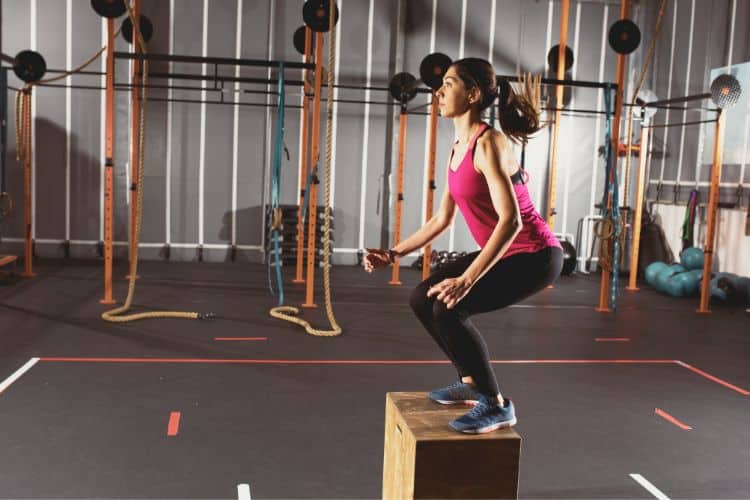Sign up for workout ideas, training advice, reviews of the latest gear and more.






Are you short on time but serious about building muscle and gaining strength? You’re not alone. Many people believe that effective strength training requires hours in the gym, but with a structured plan, 30-minute lifting workouts can deliver impressive results. Whether you’re training at home or in the gym, short, focused lifting sessions can help you burn fat, increase lean mass, and improve overall fitness.
In this blog, we’ll explore the benefits of 30-minute lifting workouts, how to structure them effectively, and sample routines for different fitness levels. Let’s dive in.
You don’t need to lift for hours to see progress. In fact, shorter workouts can be more effective if they’re properly designed. Here’s why:
One of the biggest advantages is convenience. A 30-minute session fits easily into a lunch break, early morning, or evening routine without consuming your day. It’s easier to stay consistent with a shorter time commitment.
When you’re limited on time, you’re forced to train with greater focus. Using techniques like supersets, circuits, and short rest periods, you can raise the workout intensity and stimulate hypertrophy (muscle growth) and strength gains efficiently.
Shorter workouts typically produce less central nervous system fatigue, allowing for faster recovery and greater frequency—you might lift four to five times a week instead of just two long sessions.
To make the most out of a 30-minute lifting session, you need to plan with purpose. Here’s a framework that works for any fitness level:
Never skip the warm-up. A quick dynamic warm-up preps your muscles and joints while reducing the risk of injury.
Example Warm-Up:
Pick a workout focus for the day:
Start with big, multi-joint movements to maximize strength gains and calorie burn.
Examples:
After your compound work, fill in the remaining time with smaller, isolation exercises to target specific muscles.
Examples:
To stay within 30 minutes, limit rest:
Here’s an example weekly schedule using 30-minute lifting workouts:
| Day | Focus | Workout Type |
|---|---|---|
| Monday | Upper Body | Strength |
| Tuesday | Lower Body | Strength |
| Wednesday | Full Body | Hypertrophy |
| Thursday | Rest or Cardio | — |
| Friday | Push (Chest/Shoulders/Triceps) | Lifting |
| Saturday | Pull (Back/Biceps) | Lifting |
| Sunday | Rest | — |
You can rotate exercises weekly to keep things fresh and avoid plateaus.
Below are several sample routines based on different fitness goals and levels. Use them as-is or modify based on available equipment and your preferences.
Equipment: Dumbbells or kettlebells
Warm-Up: 5 minutes (as outlined earlier)
Circuit (Repeat 3 Rounds)
Rest: 30–45 seconds between sets
Equipment: Barbell, dumbbells, bench
Warm-Up: Arm swings, push-ups, scapular pull-ups (5 mins)
Workout Plan
Rest: 45–60 seconds between sets
Equipment: Barbell or dumbbells
Warm-Up: Bodyweight squats, glute bridges, walking lunges
Workout Plan
Rest: 45–60 seconds between sets
Warm-Up: 3–5 minutes
Superset Style (Perform A1 and A2 back-to-back):
Don’t waste time deciding what to do at the gym. Have a structured plan with exercises, sets, and reps mapped out beforehand.
Proper form leads to better results and injury prevention. Don’t rush through sets—prioritize controlled movements over heavy weights or speed.
Use a workout log or app to record sets, reps, and weights. This helps you monitor progress and implement progressive overload, which is key to long-term strength and muscle gains.
Supersets (back-to-back exercises) and circuits (multiple exercises performed in sequence) increase workout density, allowing you to hit more muscle groups in less time.
Shorter lifting sessions offer more than just convenience. Here are some science-backed and anecdotal benefits:
When combined with good nutrition, 30-minute strength workouts can help reduce body fat and promote lean muscle growth. Strength training boosts your metabolism long after the workout ends.
Resistance training, even in short bursts, triggers a positive hormonal response—increasing testosterone, growth hormone, and other muscle-building factors.
With a limited time, your attention is heightened. Many people find short, intense workouts improve mental clarity, reduce stress, and boost energy levels.
Whether you’re a beginner, intermediate, or seasoned lifter, 30-minute workouts can be scaled up or down based on your fitness level.
Even though 30-minute lifting workouts are efficient, you can still make mistakes that limit your results. Watch out for these:
Avoiding these pitfalls ensures every session counts.
If you’re lifting at home, these tools help maximize your training:
You don’t need an entire gym—just a few tools and consistency.
Absolutely. With smart programming, consistency, and intensity, 30-minute lifting workouts can transform your body and build serious strength. You don’t need long gym sessions to make progress—you need smart effort and a goal-oriented plan.
Whether you’re working out at home or at the gym, lifting for just 30 minutes a day can be your ticket to better fitness, improved health, and a stronger physique.
Want more effective workouts?
Subscribe to our blog or follow us on Pinterest for new routines, challenges, and fitness tips!
Stay up to date on the latest women’s health, fitness and lifestyle trends and tips.